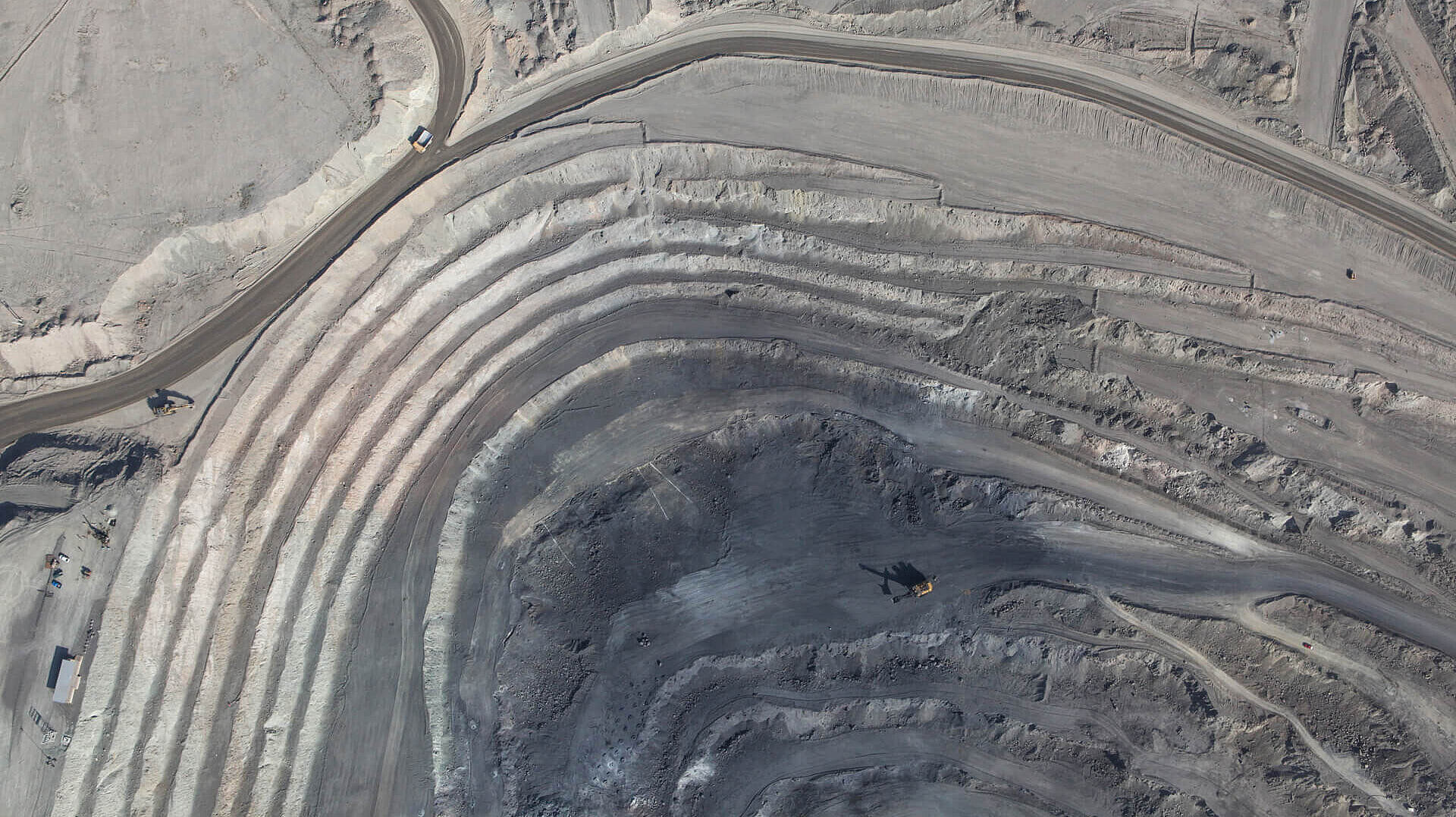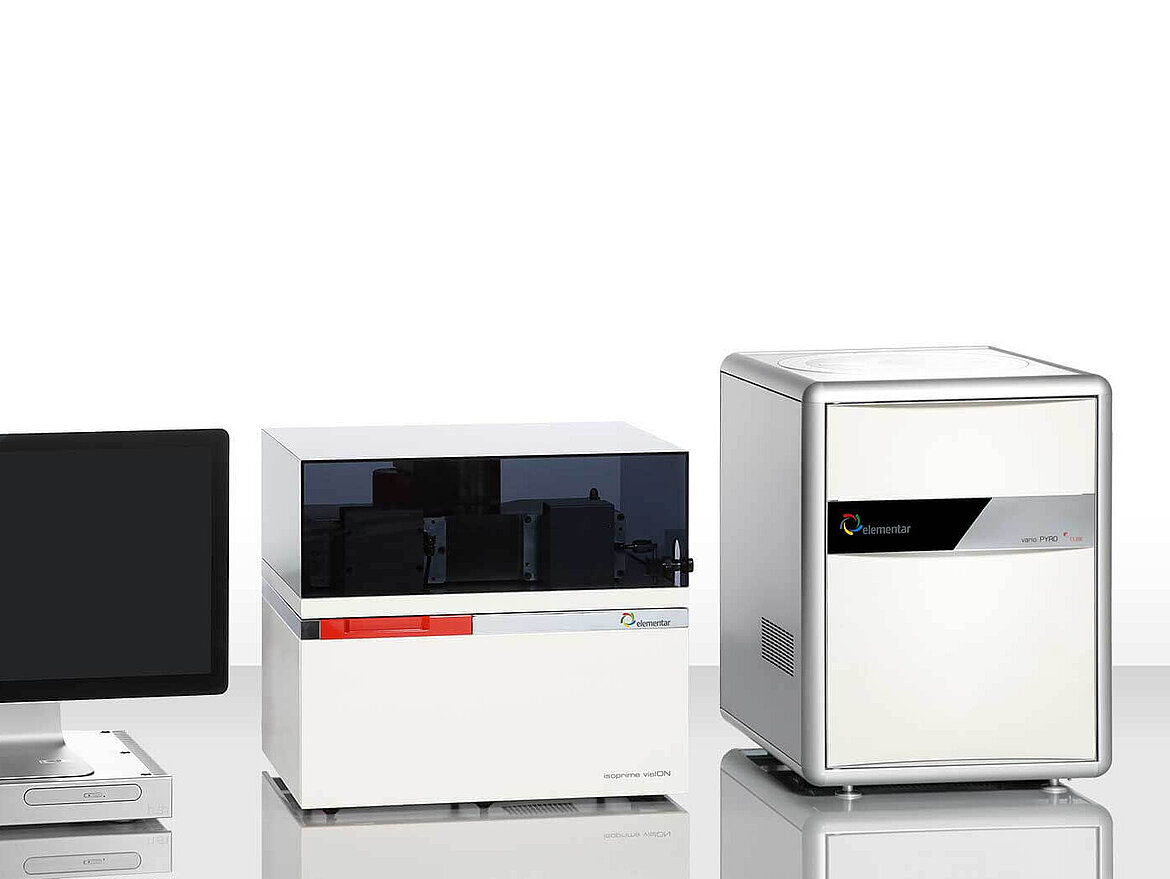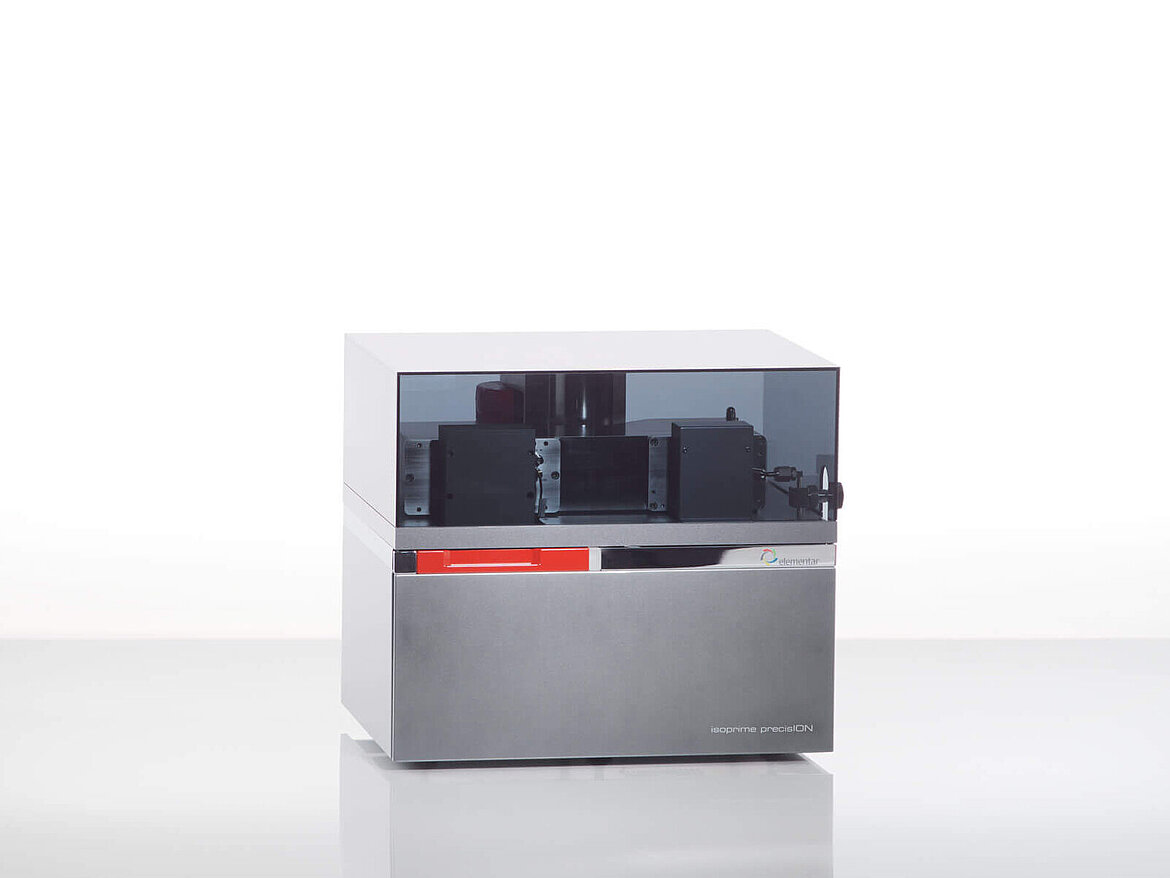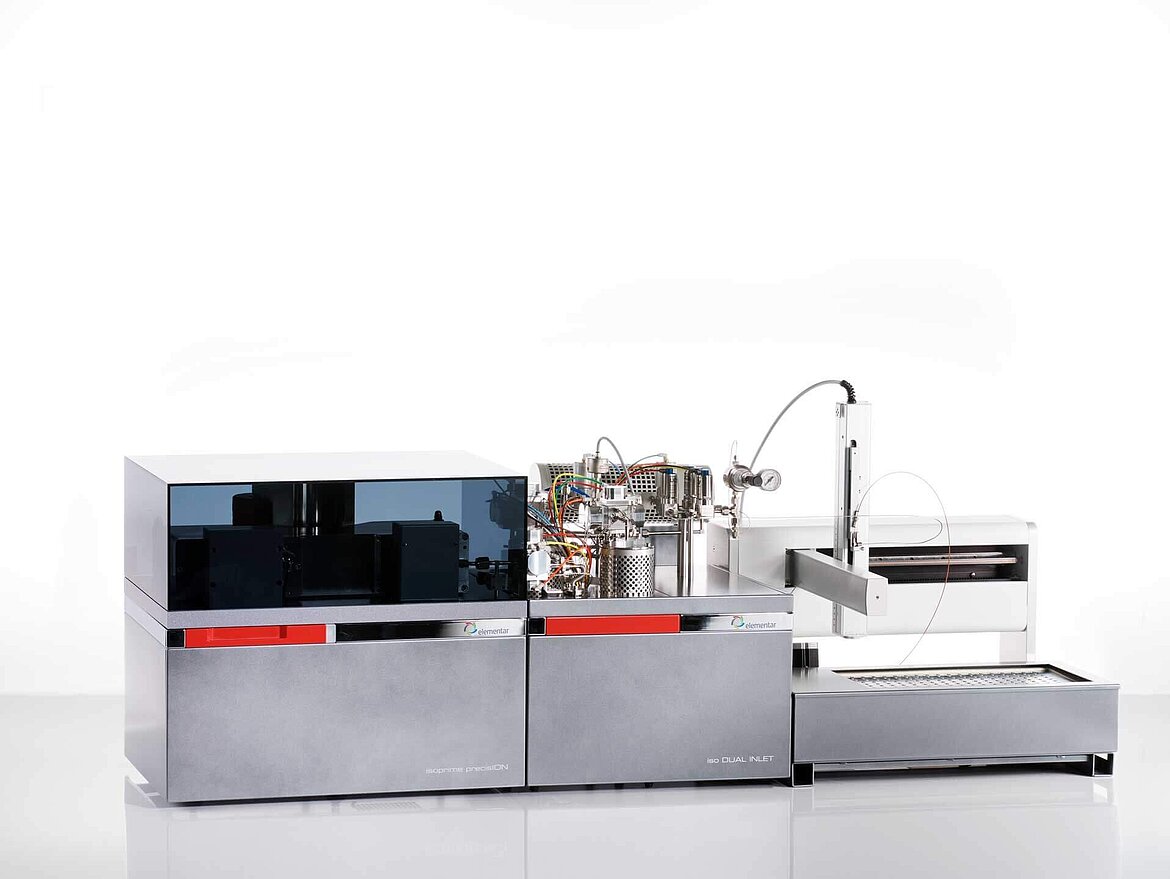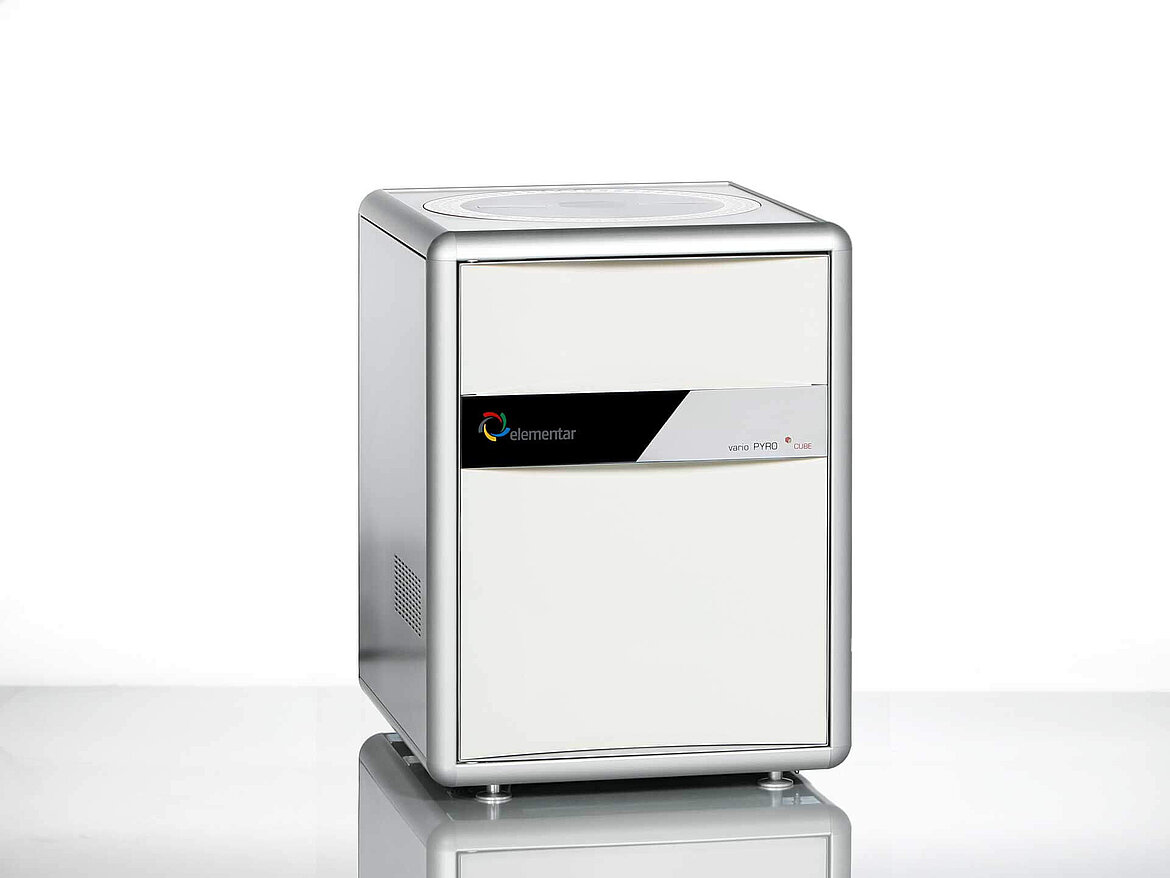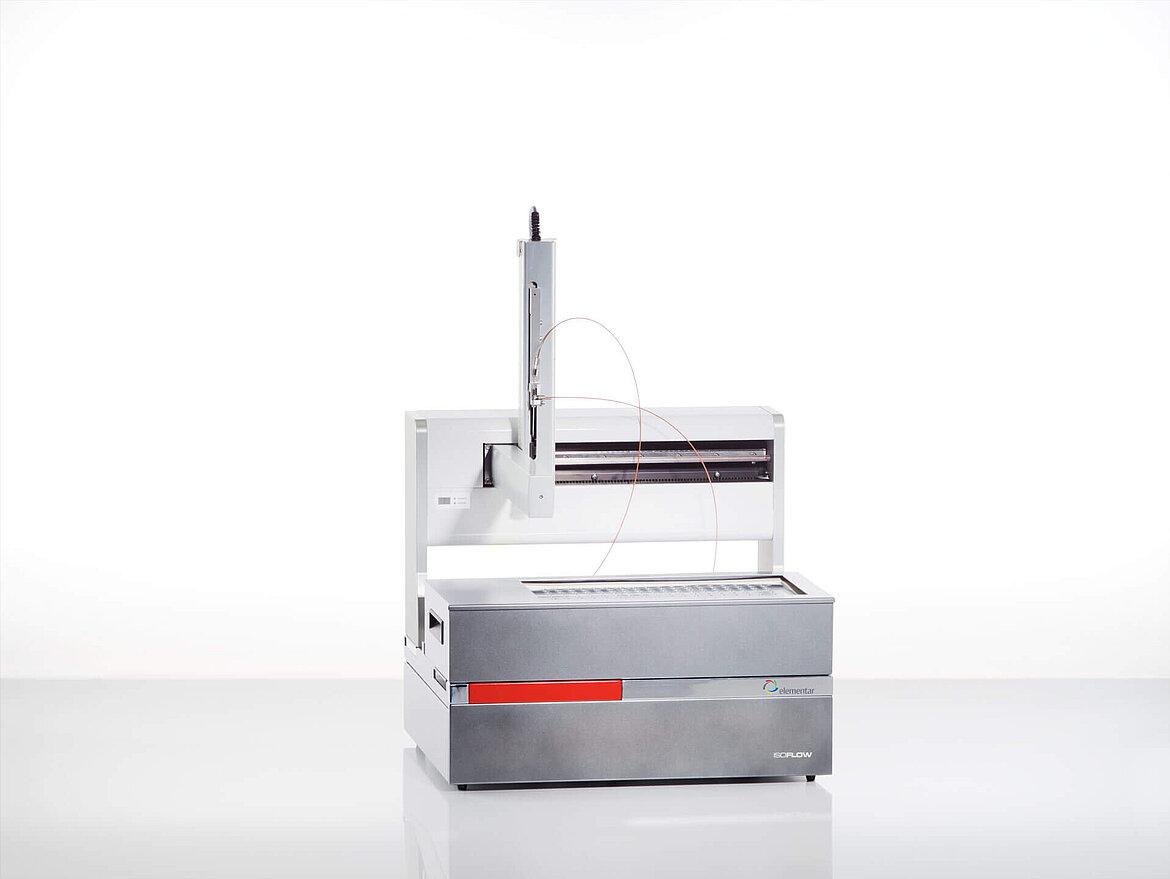Stable isotope analysis (IRMS) enables geological researches
Reading of Earth's history satisfies a fundamental human urge to know how the world around us came to be. Throughout its 4.6 billion year history, the Earth has undergone an enormous transformation. Stable isotope analysis has been at the forefront of developing our knowledge of these transformative processes. By understanding the macro and micro cycling mechanisms of the light stable isotopes through the lithosphere by natural processes, the Earth history is continually being understood in ever more detail.
High-resolution, paleoclimate temperature records thanks to IRMS
One of the earliest applications of light stable isotope mass spectrometry was the reconstruction of ancient climates based on the oxygen isotopic composition (δ18O) of preserved ancient marine carbonate. It continues to be one of the widely utilized methods for interrogating Earth’s climate history. This paleothermometer is based on the fundamental principle that the fractionation of oxygen isotopes into calcite is temperature-dependent. The isoprime precisION with dual inlet and MultiCarb enables very precise and reliable automated measurement of carbonates, ideal for generating high-resolution paleo temperature records.
Cosmology gives insights into the origins of the Earth and solar system
The sulfur isotope analysis of extra-terrestrial sulfide minerals, e.g. from meteorites, has provided a variety of insights into the origins of the Earth and the solar system. The isotopic composition of meteoritic sulfur (Canyon Diabolo triolite) was also used as the original reference point for the bulk earth from which to evaluate global scale fractionations in the sulfur cycle. Sulfur-bearing minerals are easily analyzed with our range of elemental analyzer systems (EA-IRMS), which utilize Advanced Purge and Trap (APT) technology for unbeatable separation and peak focusing of SO2, ensuring perfect resolution and unparalleled sensitivity for mineral sulfur analysis.
Stratigraphy with headspace analysis
Fluctuations in δ13C through geological time are brought about by changes in the balance of fluxes of the carbon cycle. Because the residence time in the carbon cycle is brief (10 ka), changes in flux are recorded accurately and globally in the sedimentary record. As such, occasional spikes in the global δ13C are useful as stratigraphic markers for chemo stratigraphy, especially during the Paleozoic era. The iso FLOW uses our novel UltiTrap technology to enable precise, high-throughput continuous flow analysis of bulk carbonates to identify these isotope excursions.


